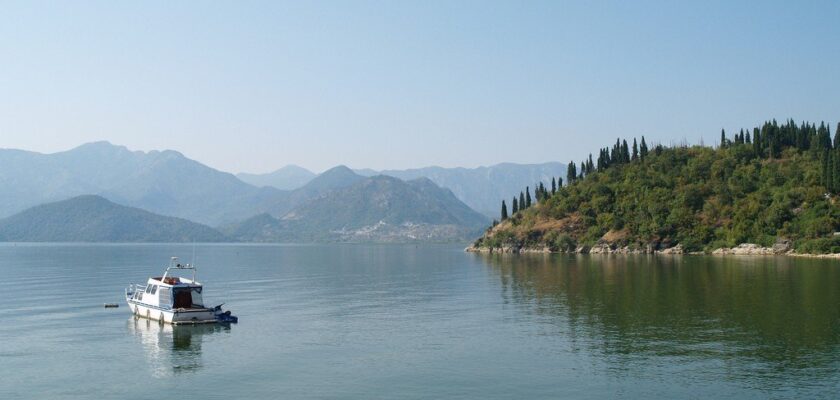Skadar Lake (Shkoder)
The attraction is related to the countries:MontenegroAlbaniaSkadar Lake belongs to two countries at once, Montenegro (2/3) and Albania (1/3), and it is considered the largest in the Balkans, covering an area of 390 square kilometers, and when it is overflowing, 530 square kilometers. In 1983, Montenegro made 40 thousand hectares of its lake territory a protected area.
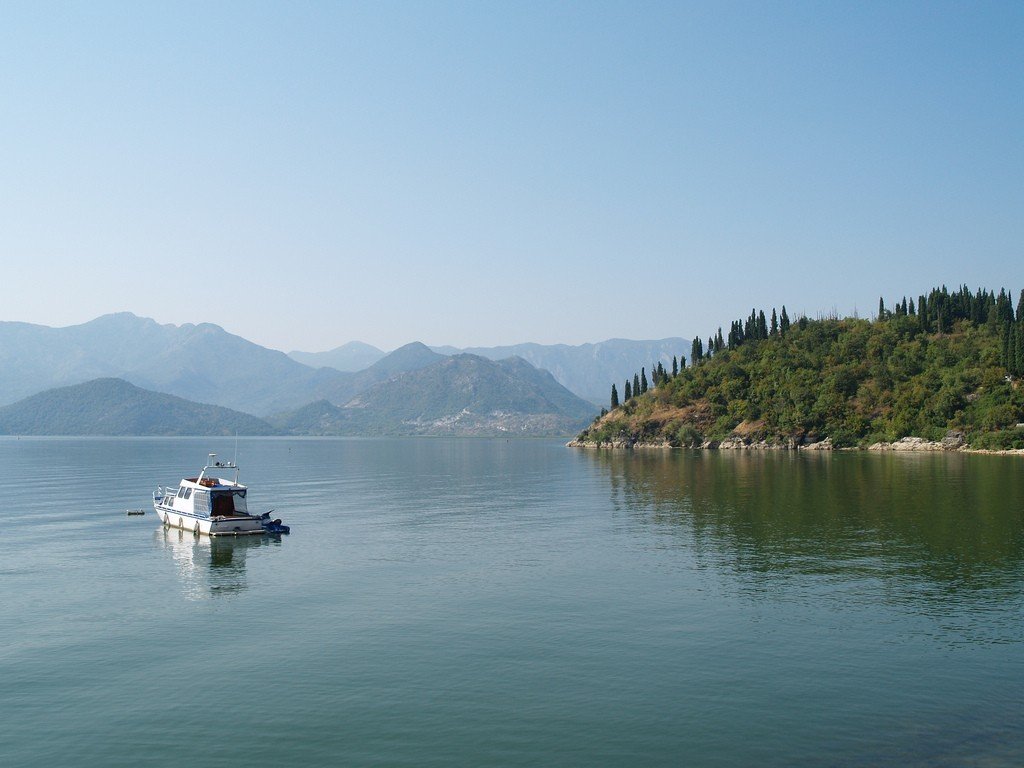
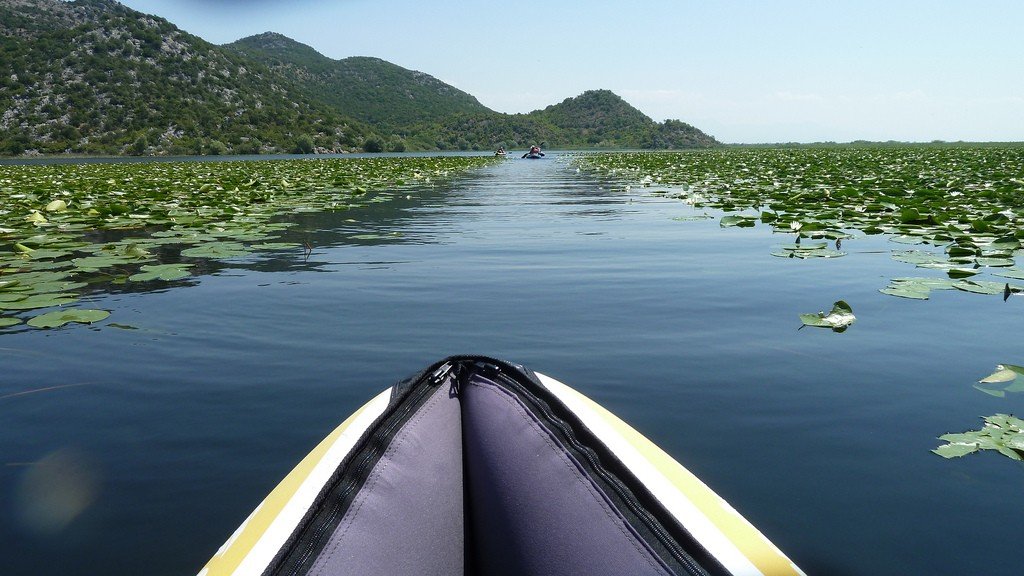
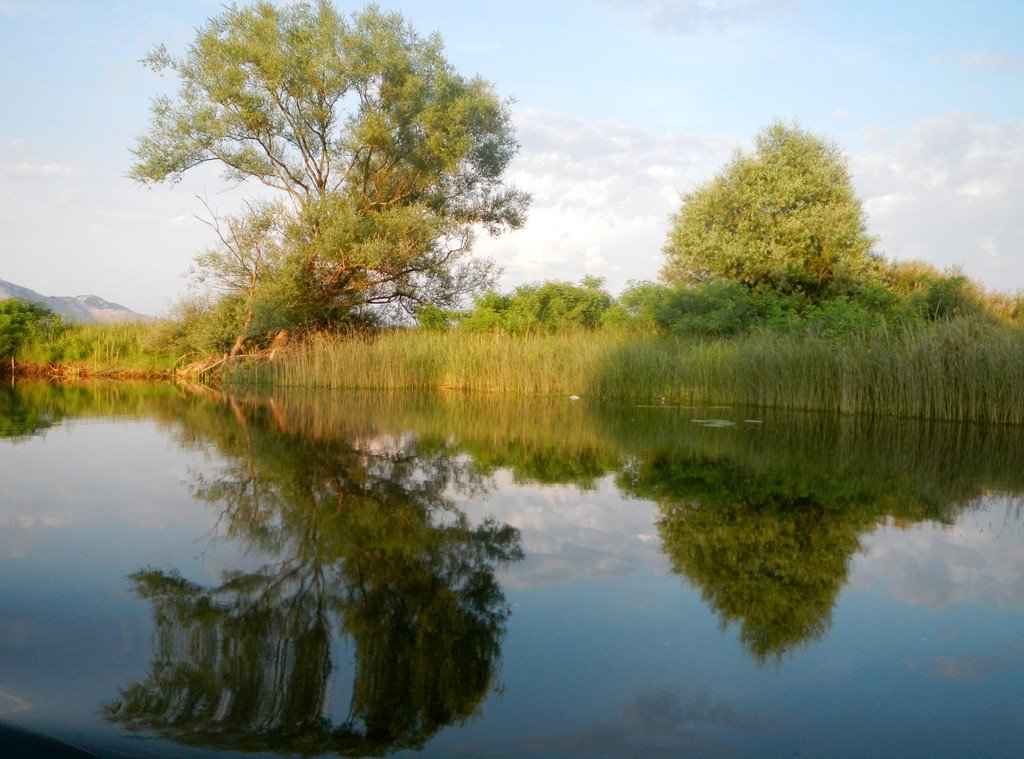
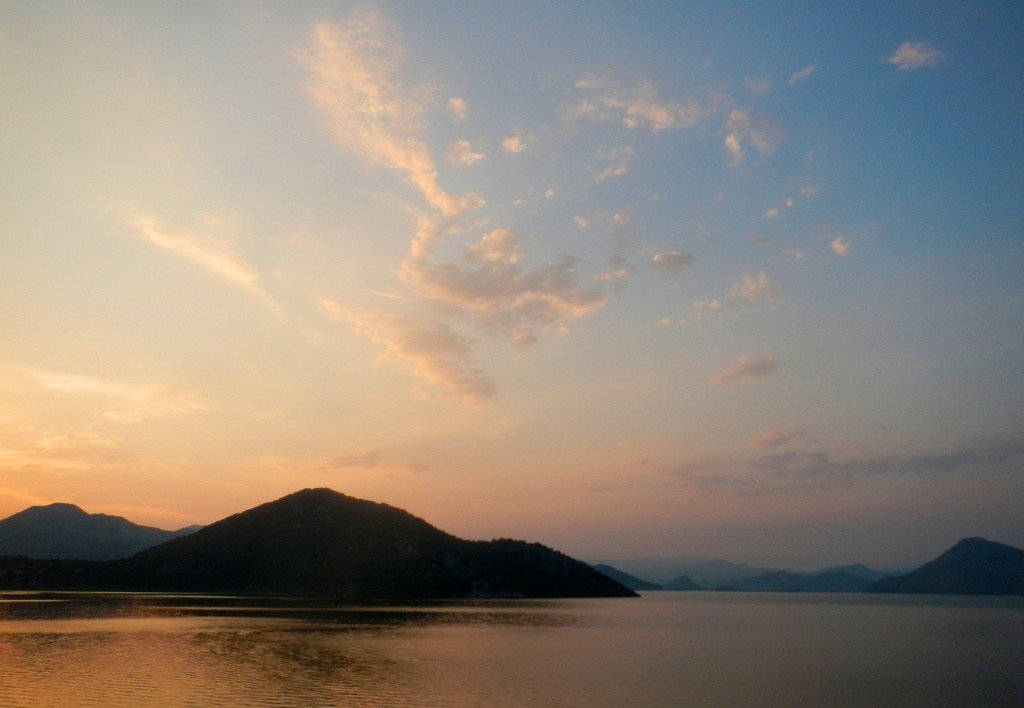
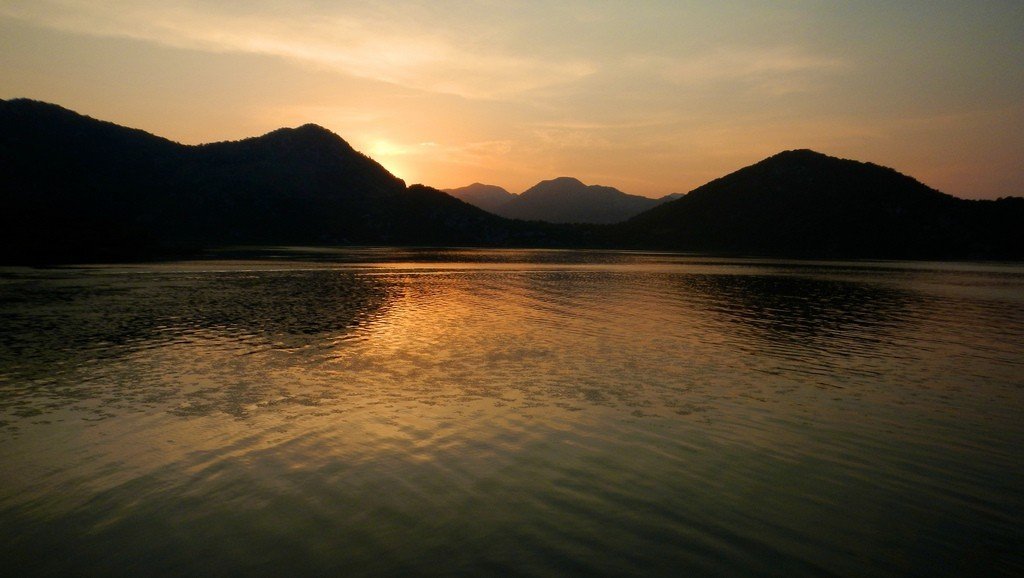
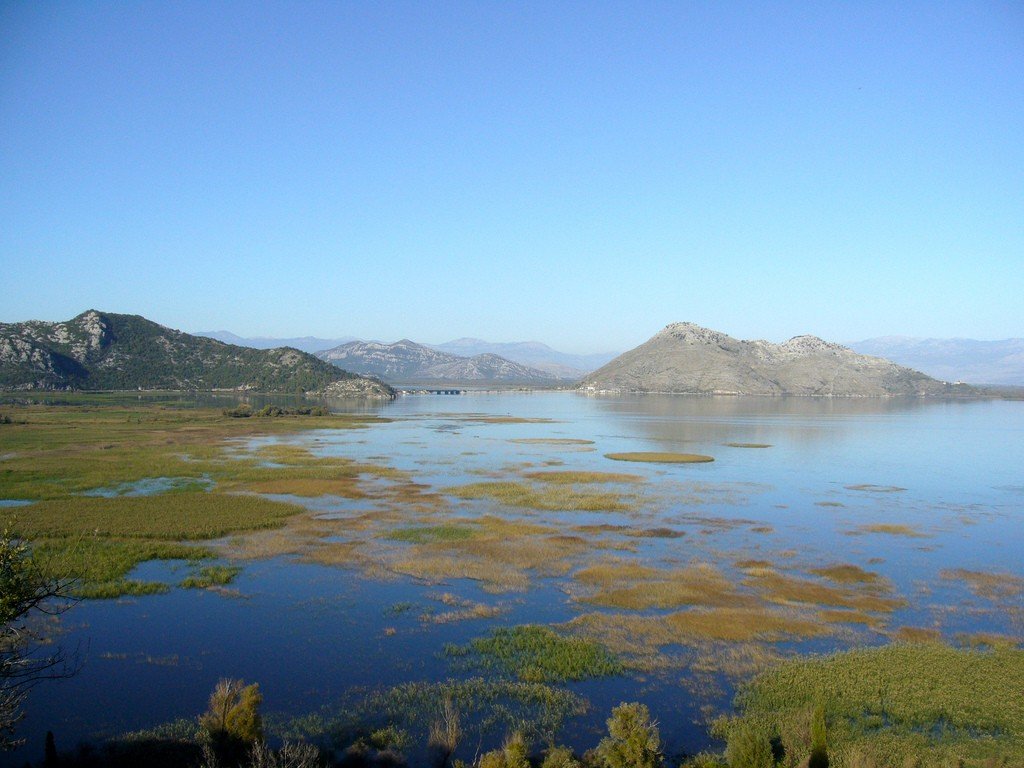
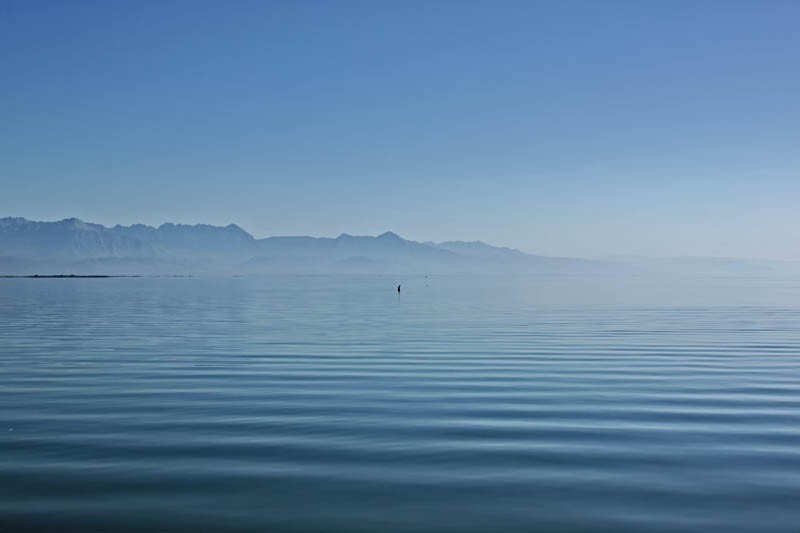
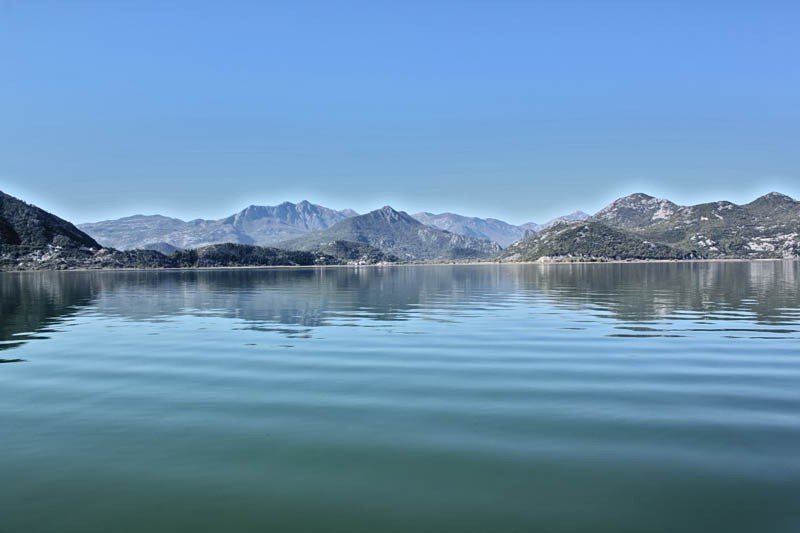
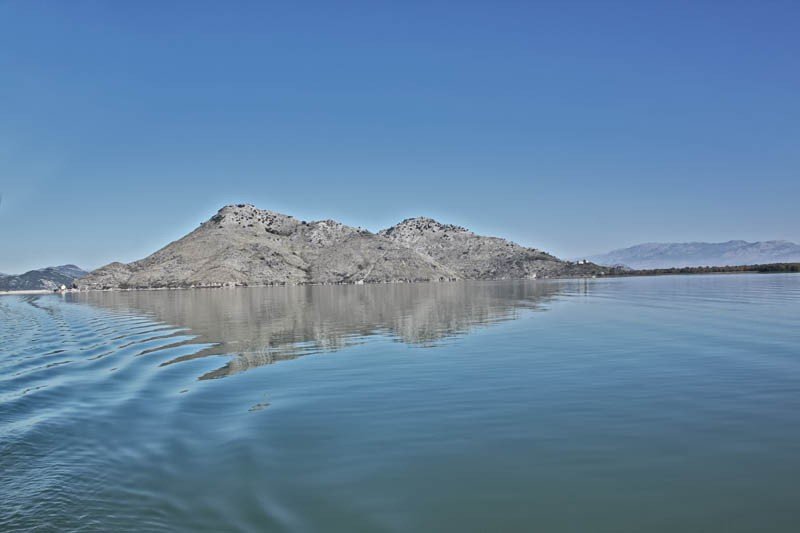
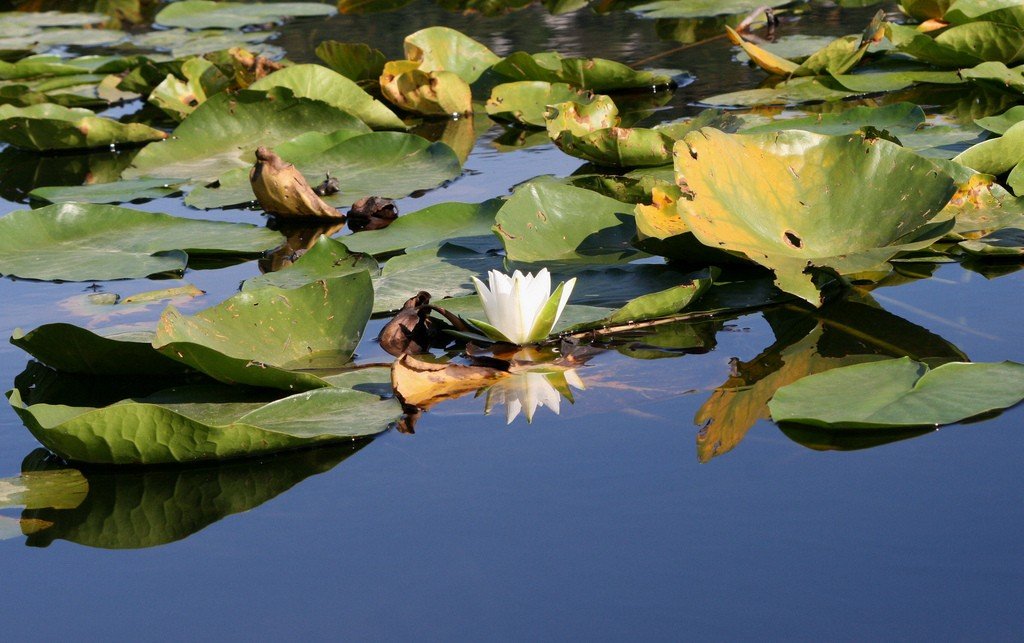
- General information
- History of the lake and local villages
- What to see?
- Recreation on the lake
- Lake tours
- Fishing
General Information
The Skadar Lake National Park covers an area of 400 square kilometers, of which 391 km is the lake itself – it is one of the largest in Europe, which is especially noticeable during the flooding season. It is home to 40 species of fish, and the park is also one of the largest bird sanctuaries in Europe.
.The size of the lake varies considerably at different times. In the rainy months it overflows and turns blue, while in summer it looks silvery and sparkles in the sun. There are about 270 species of birds, some of which (e.g. Dalmatian pelican and black ibis) are found almost nowhere else in Europe. The reason for the lake’s popularity among birds is self-explanatory, and although carp are the most abundant inhabitants of the lake, some fish species come here from the sea via the Bojane River. Nevertheless, the lake is not brackish. Skadar Lake is 43 km long, 14 km wide, and the average depth is 7 meters, and it is fed not only by numerous rivers, but also by springs that run in the karst bottom (they are called “oke” – “eyes”), which ensures a constant inflow of the purest water. Sometimes it gives the impression that you are swimming in a clear pool. The most famous of these springs, Radus, is very deep (said to be 90 meters deep), and certainly below sea level. It springs not too far from the village of Seoka on the southern shore of the lake – such places attract anglers who know that a big catch awaits them here.
.
There are small islets scattered along the western shores of Lake Skadar, and some of them are lined with tiny secluded monasteries. Not far from Radus is a Turkish fortress with the sound-similar name Hrmojur. built on a stone islet – later King Nikola I turned the fort into a prison like Alcatraz. According to one story, those who could swim could not be imprisoned here, and the same rule applied to the guards. If a prisoner escaped, his jailer was obliged to do his time for him. We were told that two prisoners managed to escape from here – they cleverly used a large prison door as a raft.
.
At the northwestern end of the lake is the nostalgic-looking village of Rijeka Crnojevića, once the glittering summer residence of King Nikola’s court. Even one century can change a lot of things…
.History of the lake and local villages
Skadar Lake was known to many peoples, through it the Greeks, Turks, Romans, Illyrians kept the way. There are no towns along the shore of the lake, there are mostly villages. But there are many ancient architectural monuments scattered along the shore. People lived here since ancient times, so the traces of their culture remained near Shkoder (another name of the lake). Now these ruins are scattered and not always easy to reach.
.There are also many small islands (about 50) in the middle of the lake, where there are also ruins of settlements, forts, churches. On the shore, the most significant settlements are Virpazar and Rijeka Crnojevića. The latter was once the capital of Montenegro, but about the former significant place in the life of the country, there is almost nothing to remind about it, except the name, which came from the first Montenegrin leader Ivan Crnojevic.
.
Among the local attractions are the pearl factory, where pearls were not extracted, but made from fish scales, as well as the restaurant “Konak Perjanik”, which provided food for the royal table. The restaurant is still in operation today and is run by none other than an ancestor of that very king of Montenegro.
.What to see?
If you want to go for a walk on the lake, the most convenient way to do it is from Virpazar. There are many boats there, any of which will gladly take you on board, and its “captain” will give you a small tour and show you the best places of the lake. But the rates for a walk are not too cheap and start from 40 euros per hour, the more time, of course, the cheaper, but still expensive.
.
The boat at your request can dock at an island, and you can see its sights. For example, not far from the settlement is the fortress of Hrmojur, which belonged to the Turks. It used to be a prison with strict orders. If a prisoner escaped, the jailer had to take his place. However, there were no escapes because most of the prisoners could not swim, and there was no way to leave the island except by swimming.
.You can, however, not waste time on the prison sights, but look at the Skadar monasteries, the most secluded of which is considered “Kom”. It was built in the 15th century. Only one hermit monk lives there. And the monastery church of the Assumption of the Virgin Mary once sheltered the royal family of the very Ivan Crnojevic. It is not easy to get to the monastery, it is surrounded by swamps, so you will have to walk carefully on a narrow path.
.
However, people go to Skadar Lake not so much to see the local ruins, but to admire the picturesque places, which are plentiful here. But I would like to mention right away that the terrain here is mostly marshy. The lake is covered with vegetation, you will not see clean clear water in this place, so those who want to see a clear mountain lake will be very disappointed. Also, although the lake is located in a hilly area, it is only 5 meters above sea level.
.But here you can see more than 270 species of birds, which either live here permanently, or are migratory and just make a stop at the lake, moving to their destination. Among the rare birds that cannot be seen elsewhere, you can find here the curlew pelican. Also in the lake there are more than 45 species of fish, and fishing is allowed here. In general, sailing on the lake is very exciting. You can make valuable shots and admire the lilies, which are here whole thickets.
.Vacation on the lake
Watercolorists should come here in full force: picturesque peaks line the shores of the largest lake in the Balkans, in which they are reflected like in a mirror. About two-thirds of the lake’s water area belongs to Montenegro and one-third to Albania. Thus, with a total area of 391 square kilometers, Montenegrins own about 219 square kilometers of the lake. In addition to carp and their cold-blooded counterparts, marine fish, from eels to the occasional sea bass, can also appear in the short stretch of the Bojana River near the lake. The sedge-covered marshes are important nesting habitat for waterfowl. The traditional enemy of local fishermen is the pelican, and who knows, maybe that is why it is so rare nowadays. On the contrary, the Lesser Cormorant and Caraway Ibis are here every step of the way. On one of the numerous islets called Omerova Gorica lives a colony of forty gray herons, which nest among the laurels. It is said that herons do not usually like laurels, but recently a flock of red herons has joined the gray herons.
.
Halfway to the western shore of the lake is Murici Beach, an idyllic place for swimming: faded pebbles and clear water near a village that has been spared by time. There’s also a new Visitor Center (open May to October, 081 879103, np-skadarlake@cg.yu) – it opened in 2007 – and there are three exhibitions on handicrafts, olive growing and local economic activity. To the east is the island of Beška, where the tiny 15th-century church of St. George stands – here you can see house owls or flocks of turtledoves flying overhead.
.On the tiny island of Starčevo Gorica stands a monastery from the 14th century. The monk who lives here is a former electrical engineer who chose the fate of a hermit. Be sure to visit the monastery, just don’t bother the monk (“If I wanted to, I wouldn’t have settled here.”).
It’s strange to think that this quiet place has been the scene of so many bloody wars over the centuries. It is said that the gravest insult to a Montenegrin is to tell him that his ancestors apparently passed away in their beds.
No one can say how long this lake has been here. Chronicles from thousands of years ago only mention rivers. It’s a strange thing, karst.
.
Guest Center of Skadarskoe Ozero National Park (Vranjna, halfway down the road from Virpazar, on the Sozina-Podgorica highway, 081 658071, zoranmrdak@cg.yu; www.mparkovi.cg.yu, www.skadarlake.org; opening hours: 09:00-18:00, adults – 3 euros, children under 7 – 1.50 euros, groups, students – 0.50 euros per person, fishing permit for 1 day – 5 euros). Literature and information about national parks, video on plasma screens, samples of flora and fauna, ethnographic exhibition, seminar room. Souvenir shop (opening hours: 09:00-16:00): local crafts, ceramics, a good selection of books, toys, dolls in national costumes.
.Lake excursions
Let Montenegro Express organize all the excursions, which has a fleet of boats that can accommodate up to 50 passengers. Here you will also be offered a wonderful feast with priganitsa (fried dough balls, very light compared to those so favored by Italian-Americans in Rhode Island), wormwood honey from the boatman’s own apiary, soft goat cheese (homemade) – all washed down with a fair amount of strong rakija.
But you can also make arrangements with the boatman himself.
But you can also arrange with local fishermen – there are many of them moored at the pier near the 13th of July Hotel in Virpazar – and hire a flat-bottomed gondola (they are called chun here). The fisherman’s wife will probably get up early to pick some kerosanya for you – a strange fruit, a cross between a water nut and an artichoke, which grows abundantly all over the lake and, strangely enough, bears fruit only after rain. Prepare for the fisherman to give you a couple of caveats about his competitors and to tell you how profitable it is to hire his boat. In addition, fishermen know where the border is, which is very important, as the authorities can be hostile to foreigners who wander around without informing anyone. Lake Skadar has long been a conduit for smuggling (cigarettes, gasoline, refugees), so any suspicious movement will be of interest to the police.
.
However, in 2006, with the opening of the Visitor Center, several other tour companies have sprung up to offer a range of tours and programs.
.Fishing
If you want to fish, you can arrange for a permit at the National Parks Department: JP Nacionalni Parkovi Crna Gora (State Enterprise National Parks of Montenegro in Podgorica: Podgorica, Bojana, Vutinic Sq; 081 634621; 081 634810). Alternatively, you can pay the fee directly to a park employee, who will come out when he sees that you are going fishing. The license costs about €5 per day. Skadar Lake is a national park and environmental protection is monitored here. As part of the Fourth Prince Nikola Biennale, a seminar was held on additional nature protection measures – particularly on this beautiful lake. Montenegro is mindful of its goals and responsibilities as an “ecological state.”
